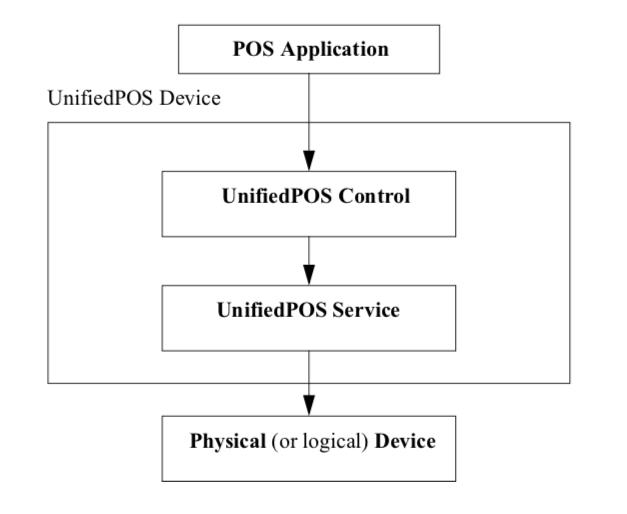Italy Unified Point of Service Specifications

The Unified Point of Service which called UPOS in short, the architectural for application interfaces to pos devices that are used in the retail environment. This specification will show you both in operating system independent and language neutral and defines.
● An architecture for application interface to retail devices.
● A set of retail device behaviors sufficient to support a range of POS solutions.
Fiscat's Fiscal Printer MAX80 serials has been implement UPOS for a year, which has been widely used in pharmacy and some other stores. Due to the various connection with pos, convenient operations with external keyboard, it opens up a new way to use it.
Dependencies
Success of the goals of UnifiedPOS depends upon platform specific standard committees (such as JavaPOS and OLE for Retail POS (OPOS) technical committees) to advance the architecture into platform specific documentation, API definitions and implementations.
The specific technical implementations require:
● Platform specific implementation references.
● Source files, including:
● Definition files. Various interface and class files described in the standard.
● Example files. These will include a set of sample Control classes, to illustrate the interface presented to an application.
Who Should Read This Document
The UnifiedPOS Architecture is targeted to the standard committees that will provide the language specific mapping and Programmer’s Guides. However, the application developer who will use POS devices, the system developer who will write POS device code, and the suppliers of POS devices for retail may be interested in the device characteristics as portrayed in this document.
This guide assumes that the standard committee member is familiar with the following:
● General characteristics of POS peripheral devices.
● UnifiedPOS terminology and architecture.
● UML for reading the design.
Architectural Overview
UnifiedPOS defines a multi-layered architecture in which a POS Application interacts with the Physical or Logical Device through the UnifiedPOS Control layer.

Architectural Components
The POS Application (or Application) is an Application that uses one or more UnifiedPOS devices.
UnifiedPOS Devices are divided into categories called Device Categories, such as Cash Drawer and POS Printer.
Each UnifiedPOS Device is a combination of these components:
● Control for a device category. The Control class provides the interface between the Application and the device category. It contains no graphical component and is therefore invisible at runtime.
The Control has been designed so that all implementations of a device category’s control will be compatible. Therefore, the Control can be developed independently of the Service for the same device category (they can even be developed by different companies).
● Service, which is a component called by the Control through the Service Interface. The Service is used by the Control to implement UnifiedPOS- prescribed functionality for a Physical Device. It can also call special event methods provided by the Control to deliver events to the Application.
A set of Service classes can be implemented to support Physical Devices with multiple Device Categories.
The Application manipulates the Physical Device (the hardware unit or peripheral) by calling the platform specific APIs which conform to the UnifiedPOS standard. Some Physical Devices support more than one device category. For example, some POS Printers include a Cash Drawer kickout, and some Bar Code Scanners include an integrated Scale. However with UnifiedPOS, an application treats each of these device categories as if it were an independent Physical Device. The UnifiedPOS Device standard developer is responsible for presenting the peripheral in this way.
Note: Occasionally, a Device may be implemented in software with no user- exposed hardware, in which case it is called a Logical Device.
To be continued! Thank you!


